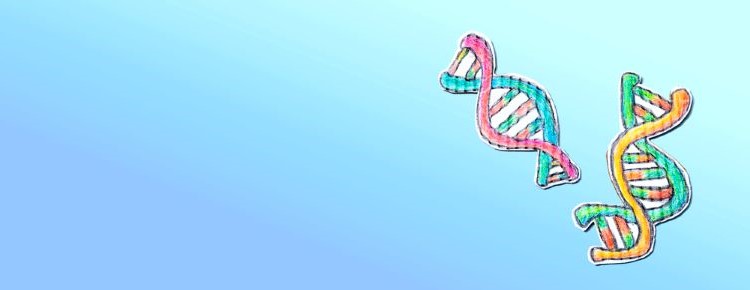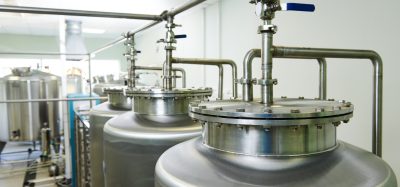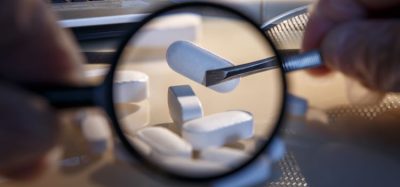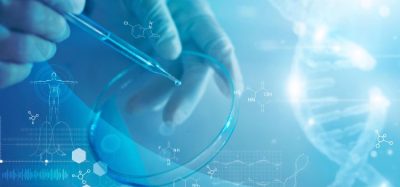Breakthrough gene therapy gives hope for Artemis-SCID
Posted: 22 December 2022 | Catherine Eckford (European Pharmaceutical Review) | No comments yet
A new gene therapy developed by UC San Francisco has enabled ten young Artemis-SCID patients to achieve full T-cell immunity.


Ten young children all under the age of 5, who born with immunodeficiency disorder Artemis-SCID, have been able to return to normal life, thanks to a new gene therapy which allows diagnosed babies to be treated with their own cells, a significant milestone since the condition is normally treated via bone marrow transplant from a donor.
A breakthrough treatment for Artemis-SCID
“Already, the course of their illness is so much better than with the typical treatment,” stated Dr Mort Cowan, UCSF paediatrics professor and the trial’s lead investigator.
Artemis-severe combined immunodeficiency (SCID) is a very rare genetic disorder typically treated with a bone marrow transplant from a healthy donor, ideally a matched brother or sister. However, the new gene therapy adds a healthy copy of the Artemis gene to the baby’s harvested marrow stem cells. Then infusing the corrected stem cells back into their bodies is done to try and avoid many of the short- and long-term complications of the standard treatment, including death.
Artemis-SCID patients usually respond more poorly to standard bone marrow transplants. Complications can include rejecting the marrow graft, graft-vs.-host disease, where the donor T cells attack the recipient’s tissues. Chronic infections leading to organ damage, stunted growth, and premature death are also substantial risks.
The Phase I/II trial for the new gene therapy
The Phase I/II trial for the therapy, developed at UC San Francisco was reported on in the New England Journal of Medicine.
“Having patients in the trial achieve full T-cell immunity is outstanding. B-cell recovery takes longer, but so far it looks as if the patients also have a far better chance for B-cell reconstitution than they would with a regular bone marrow transplant,” commented Dr Jennifer Puck, UCSF paediatrics professor and co-lead investigator in the study.
The first outcome of the Phase I/II trial involved the safe transfusion of gene-corrected cells that would differentiate into white blood cells by 42 days after infusion. All 10 patients were safely transfused with their own gene-corrected stem cells that gave rise to corrected peripheral blood cells within this time period.
Researchers predicted Artemis-SCID patients would need less chemotherapy to prepare their marrow for transfusion when their own cells were being used, so only 25 percent of a full dose of busulfan was administered.
The second outcome was T-cell reconstitution at 12 months, a measurement of the strength of the immune system. All 10 were growing their own T cells and B cells by 12 weeks, and four of nine (excluding a patient who received a second treatment) achieved full T-cell immune reconstitution by 12 months. The child who required a second infusion of gene-corrected bone marrow due to a persistent infection with cytomegalovirus prior to the gene therapy is now infection free with good T- and B-cell immunity.
Four of nine also achieved full B cell immunity by 24 months, allowing them to discontinue immunoglobulin replacement and receive standard childhood vaccinations.
An additional three Artemis-SCID patients, who were followed for fewer than 24 months, had promising B cell development when compared to previous outcomes for donor-transplanted patients.
“Better B-cell immunity could help avoid issues such as chronic lung disease that often develop later in childhood for Artemis-SCID patients who receive a standard bone marrow transplant,” Cowan added.
“Successfully using less chemotherapy is also a big win, minimising the harmful side effects of full dose busulfan in small infants,” concluded Puck.
The children in the trial are currently between the ages of 18 months and four and a half years; nine were born in the US and were diagnosed following newborn screening for SCID; one was born in Canada and diagnosed at five months of age with clinical illness. Four patients are of Navajo/Apache Native American descent, where the Artemis-SCID mutation is more common. Median follow-up was 31.2 months. At the time of study publication, six patients had been followed for at least 24 months.
Related topics
Biopharmaceuticals, Clinical Development, Clinical Trials, Drug Development, Drug Safety, Gene therapy, Immunotherapy, Research & Development (R&D), Stem Cells, t-cells, Therapeutics









